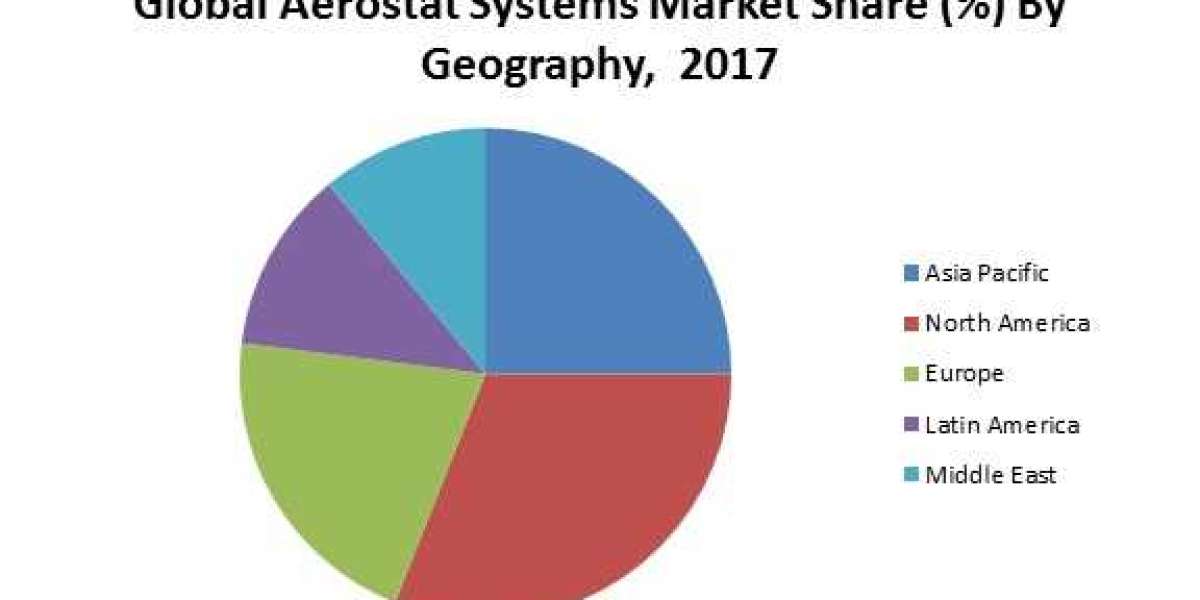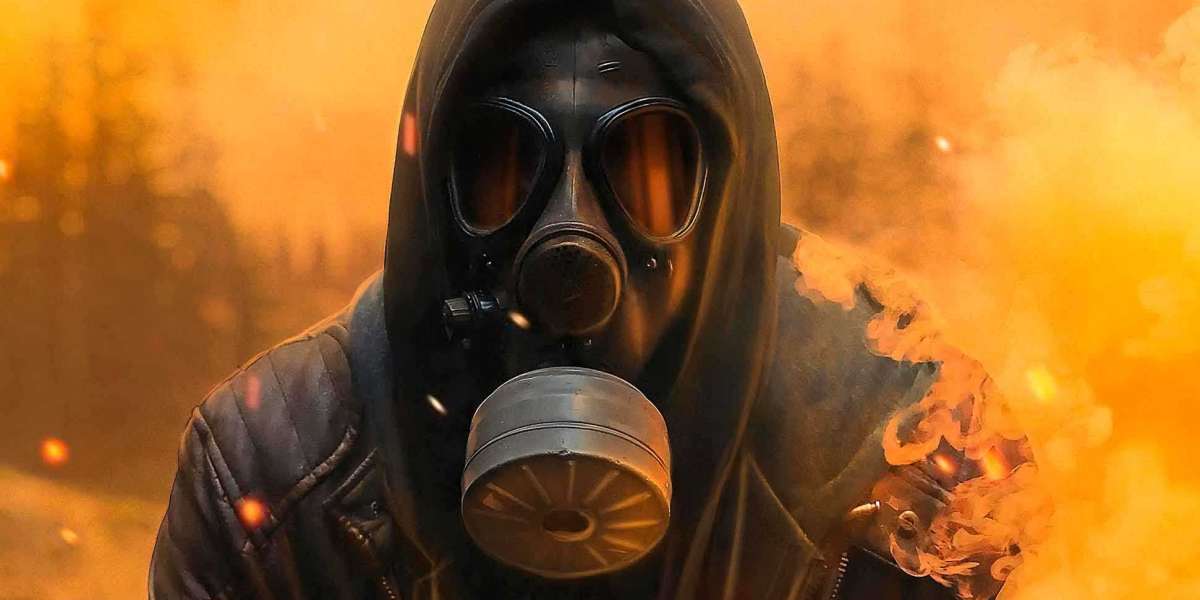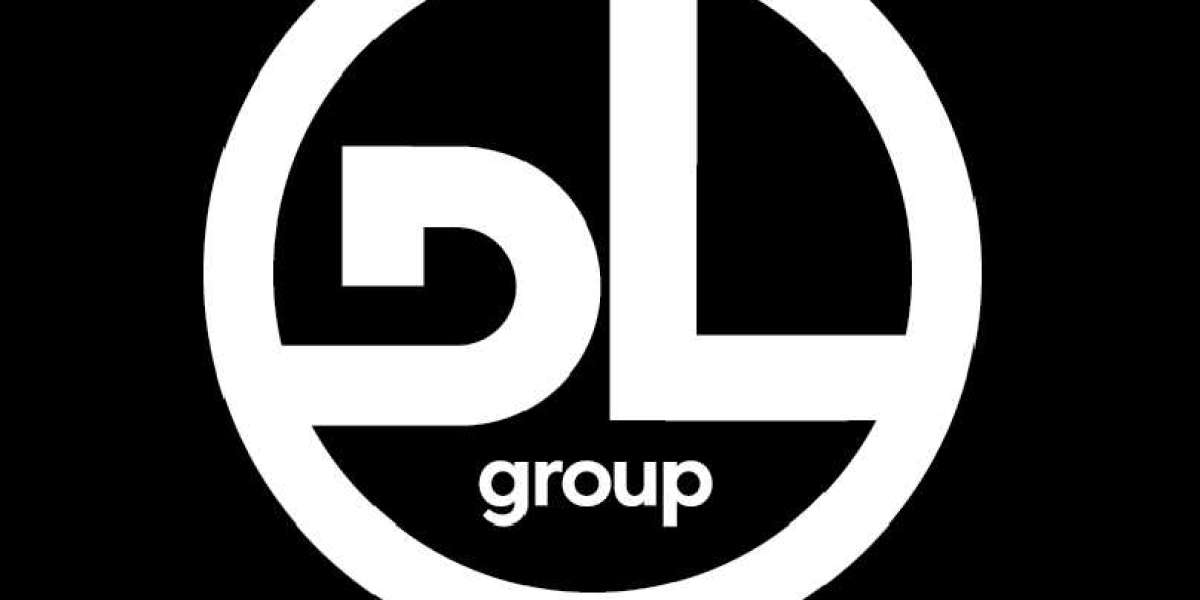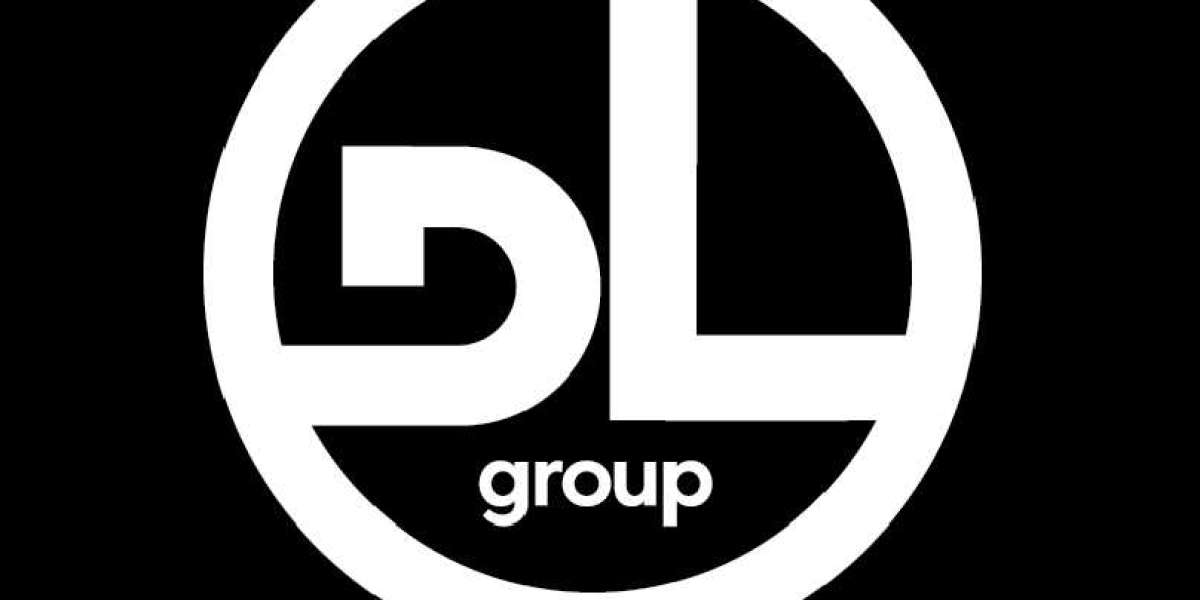On a typical day, you might pass more than a dozen distinct rivers while strolling. However, you must understand that the majority of people have never really had the opportunity to see one up close. One of these uncommon bodies of water is the Seine River in Paris, which can only be reached by boat or bridge. This tranquil river flows all around the city, winding from east to west and providing vistas of Parisian history. So, whether you're trying to get some work done or just enjoy a gorgeous float down its banks, this piece will show you how to explore the Seine and discover its history.
The Seine River
The primary river that runs through Paris and a significant waterway that crosses France is the River Seine. The Yvette River, the Epte and Oise Rivers, and the Marne River are the most major tributaries. Many of these tributaries can be seen as they join the main river while touring Paris by boat. You will also witness lesser bodies of water on your trip, including ponds, canals, and tiny rivers that branch off the larger body of water. From east to west, it travels around 380 miles (612 km), going through a few towns.
The Seine River is renowned for its magnificent architecture and large bridges, including the Paris-based Pont des Arts and Pont Neuf. It is also known as the river of love because of a bite mark on one of its bridges. Additionally, it used to be a favourite spot for boating until the Parisians realised that the water was not clean enough for swimming. More about this later.
History of the Seine River
Many believe that the Seine River got its name from the Seine, a region outside of Paris in the Marne Valley of France, close to Melun. But it was only after the Romans invaded France that the Seine was given its name. The word Sequana, a Celtic word that meaning "rapids," was added by the Romans, who carried their name, Seina, with them. People would travel down the river to move products across France at this period.
Using a map or online navigation software is the greatest approach to know where you're going and how to get there. You can navigate the Seine River in a variety of ways to get from one location to another. A smaller body of water can be accessed from a bigger one.
Tour Guide
Public boat ramps, like the one by the Eiffel Tower, can be used in Paris if you're travelling with a bike, boat, or other vehicle. There are numerous boat and watercraft access points in the Pont de Bir-Hakeim region. The river also has numerous bridges where you can park your car and launch your boat utilising one of these ramps. Parking on a bridge or at one of its ramps requires permission from traffic authorities due to the restricted space available.
Another well-liked tourist destination in Paris is the Seine River. Our Seine River Cruise is a fantastic way to visit all of Paris's finest attractions, such as the Eiffel Tower, Notre Dame Cathedral, and more. You can also choose to sit on the upper deck and enjoy the view of these landmarks along the river’s banks.
The Seine River Tour starts at 9 am. You will be collected from your hotel by a friendly local guide with excellent knowledge of French history. From here, you’ll board one of our comfortable boats for your 45-minute journey along one of the most famous rivers in France. The trip starts by cruising past the Louvre and up to Pont des Arts, a bridge originally built for traffic in 1776. It is located near the Seine’s only lock-gate at the Pont de Bir-Hakeim.
On this Versailles Place Tour, we’ll stop at several of these places so that you can enjoy a guided meal with local cuisine. Afterward, you’ll get back on your boat and sail back to downtown Paris. You’ll have the chance to see many famous landmarks from a different perspective, including the Arc de Triomphe and several former royal or religious residences. This 2-hour cruise will give you the chance to see about 12 different areas so you can learn about their history, architecture, and local cuisine.








